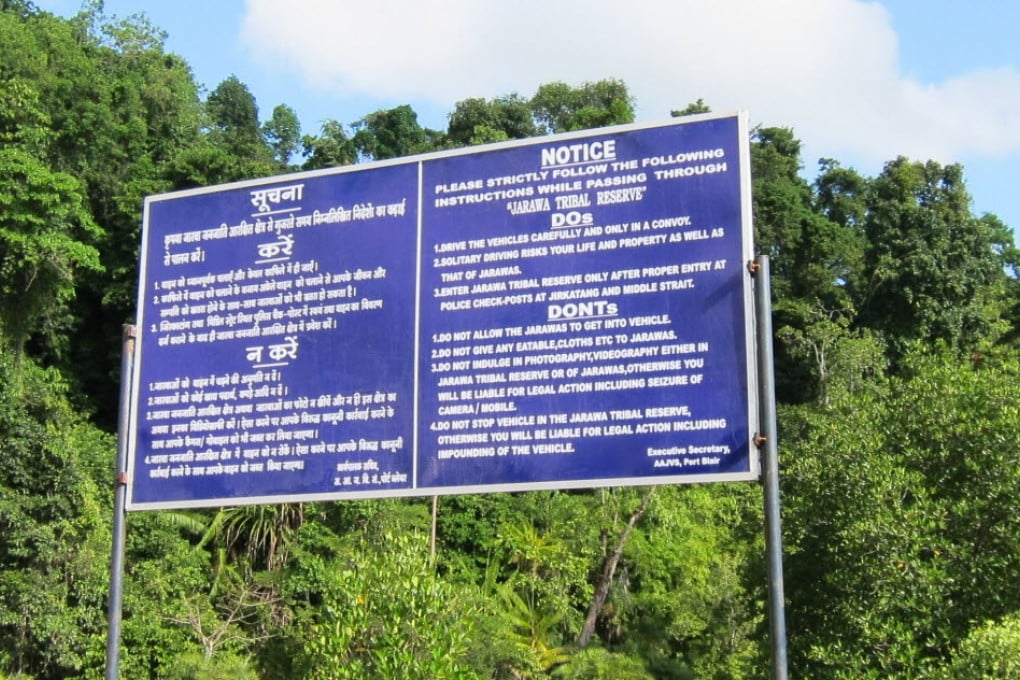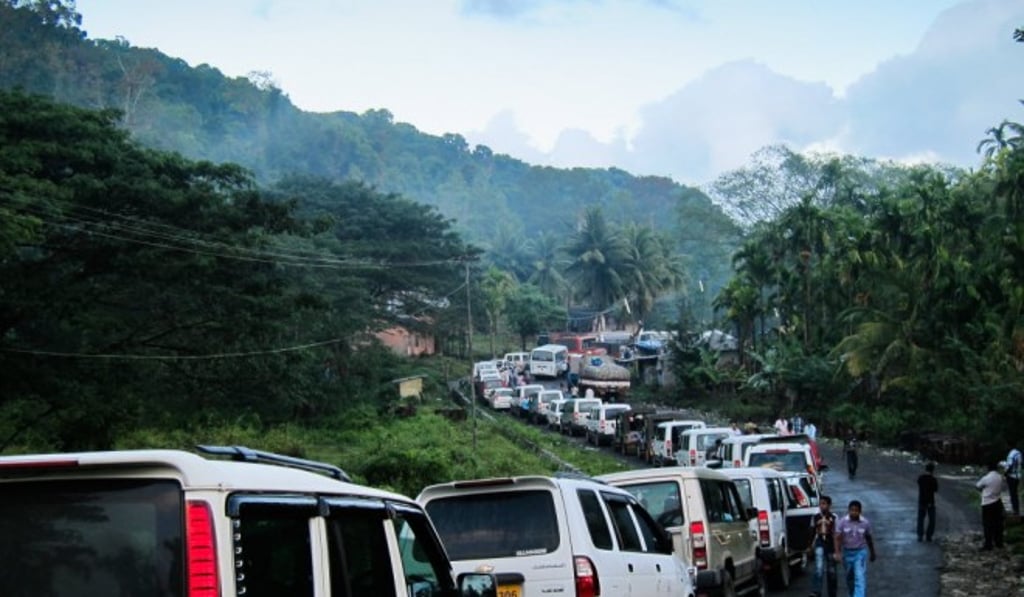'Human safaris' on Andaman Islands exploit Jarawa tribe for the benefit of tourists
Every day, hundreds of cars line up to drive along the Andaman Trunk Road and catch a glimpse of the indigenous Jarawa, who have been beset with diseases from the outside world since they started to come out of the jungle


'Dance,' the policeman says. The girls, naked from the waist up, jiggle for him. The camera, held by a tourist, pans around to another young woman, naked but for a bag of yellow grain held awkwardly in front of her groin.
'Dance for me,' the policeman commands again. The young woman giggles a little, looks shy, hops from foot to foot. 'Dance, dance.' But she won't dance. The camera swings back to the others. They clap, dance, jump - just as they have been paid to do.
This video is the trophy the tourists dreamed of when they set off into the jungles of the Andaman Islands on safari, because theirs was no ordinary safari. This is a human safari, and the prey is a 'Stone Age' tribe only recently contacted, taking their first tentative steps towards the outside world, trusting, innocent and hugely vulnerable.
The policeman is there to protect the young women and the rest of their tribe, the Jarawa of South Andaman Island, a tourist paradise set in the Bay of Bengal, belonging to India but closer to Myanmar.
It costs about 15,000 rupees (HK$2,100) to bribe the policeman, who gives the girls food to dance. Well-heeled tourists club together, appearing eager to pay.